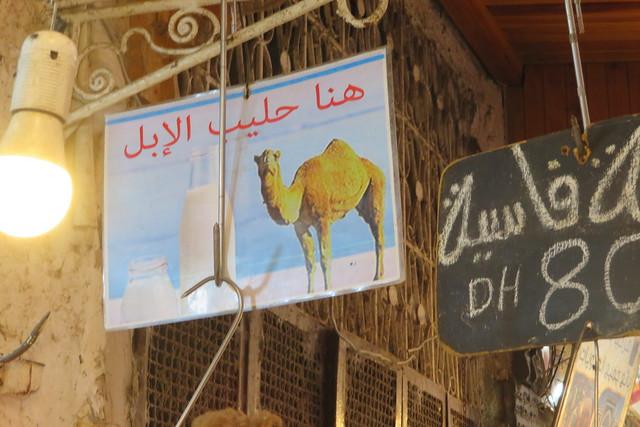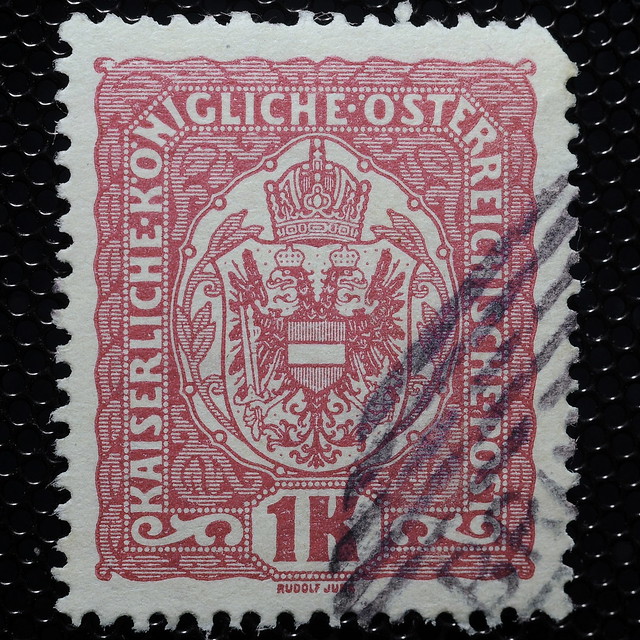Laâyoune (EH)
Overview
Overview of Laâyoune, Morocco
Laâyoune, often referred to as El Aaiún, is a fascinating city in the disputed territory of Western Sahara, administered by Morocco. It serves as the capital of the Laâyoune-Sakia El Hamra region and is known for its unique blend of Moroccan and Sahrawi culture. The city's history is deeply intertwined with the Spanish colonial era and the subsequent conflict over Western Sahara, making it a place rich in history and diverse cultural influences. Visitors can explore local markets to experience the vibrant blend of cultures, sample traditional Sahrawi dishes like camel meat and seafood, or visit the Spanish Cathedral, an architectural relic from the colonial period.
Tourism Season and Activities
The high season for tourism in Laâyoune typically runs from October to March, when the weather is cooler and more comfortable for exploring. During this period, temperatures range from 20°C to 25°C, ideal for outdoor activities without the intense heat common in desert regions. Tourists can participate in guided tours of the city, explore the desert landscapes on camel back, or visit nearby attractions such as the Laâyoune Beach or the Dakhla Peninsula further south. Cultural festivals and events also take place during these months, offering insights into the local customs and traditions.
Preparation for Travelers
Travelers planning to visit Laâyoune should prepare accordingly to ensure a smooth and enjoyable trip. It is advisable to check visa requirements as they can vary depending on your nationality and the purpose of your visit. As the city is in a politically sensitive area, staying informed about the current political climate is essential for safety reasons. Travel insurance is highly recommended. Additionally, packing should include comfortable clothing suitable for desert climates—light layers for the day and something warmer for cooler evenings. Lastly, learning a few phrases in Arabic or French can be incredibly helpful, as both languages are widely spoken in the region.
How It Becomes to This
History not available

You May Like
Explore other interesting states in Morocco





